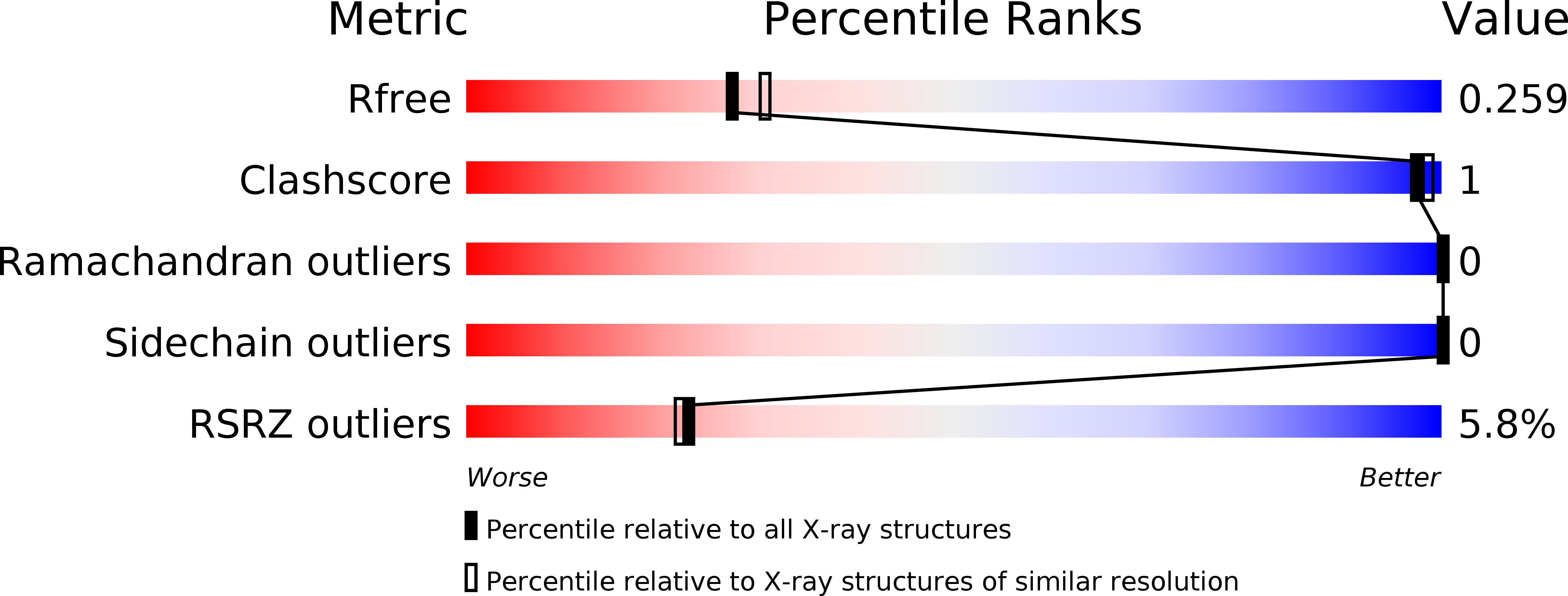
Deposition Date
2017-10-31
Release Date
2018-12-19
Last Version Date
2023-10-04
Entry Detail
Biological Source:
Source Organism:
Bacillus subtilis (strain 168) (Taxon ID: 224308)
Host Organism:
Method Details:
Experimental Method:
Resolution:
2.21 Å
R-Value Free:
0.25
R-Value Work:
0.23
R-Value Observed:
0.23
Space Group:
P 41 21 2


